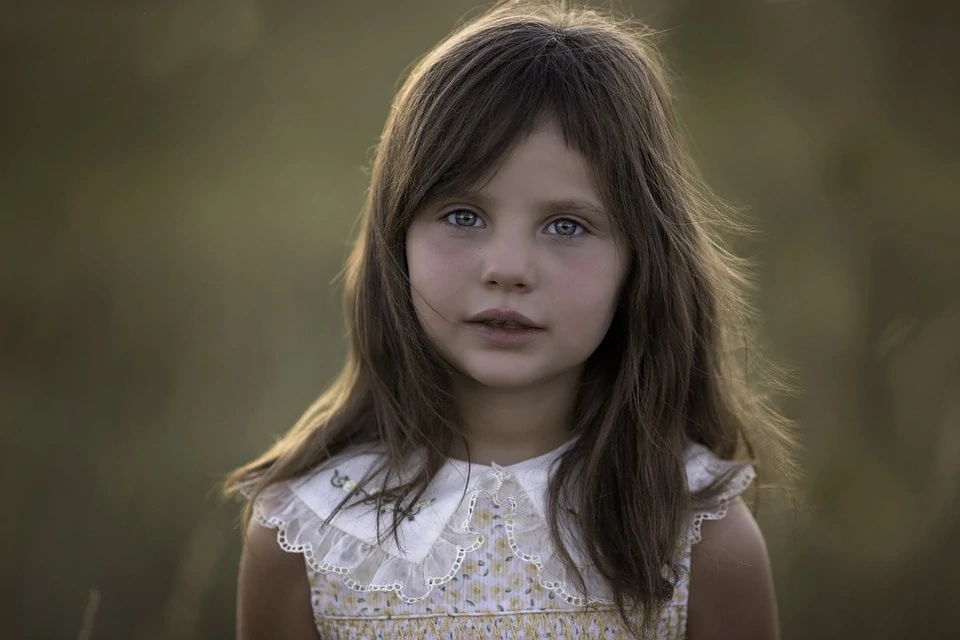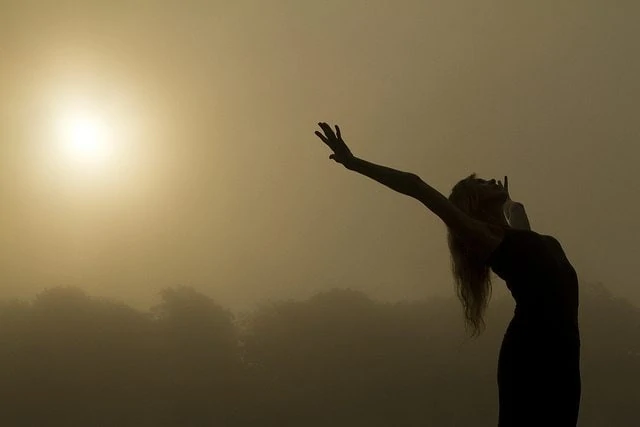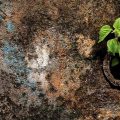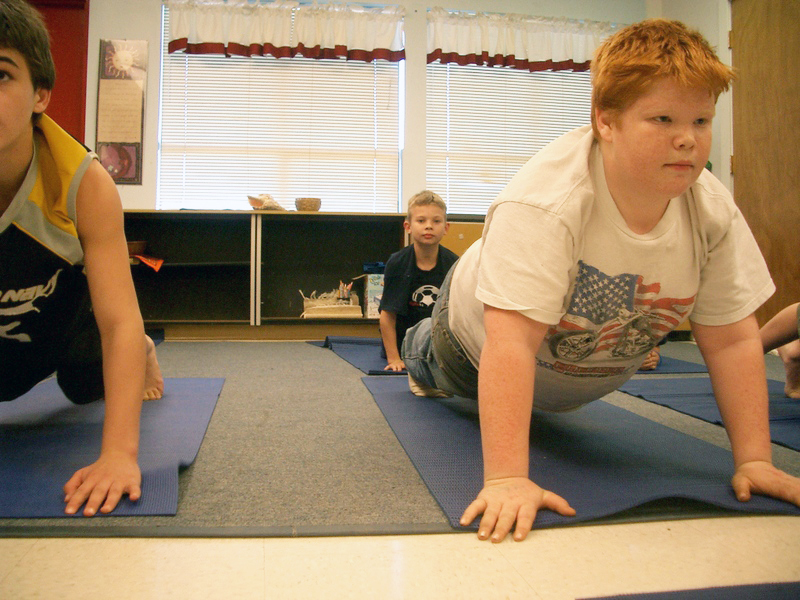
One way I know that the kids I counsel are getting healthier emotionally is when I see them begin to identify with their strengths more than their wounds. So, I find it helpful to encourage them to develop practices that help them connect with their gifts.
Here, I think about a boy in a middle school class I once taught. He had a really hard time expressing his strong emotions, rooted in early childhood trauma. He often had fits of anger and was easily triggered. The other kids would often tease him about this, which only led him to act out more and wind up in detention.
But in yoga class, he excelled in some of the harder poses. His peers noticed, and during our compliment processes, they often acknowledged his skill.
His transformation was beautiful to see. He would come into class with his head slumped forward – and leave tall and strong, carrying his mat over his shoulder with an obvious sense of pride. You could see him starting to “own” the positive attributes he could now see in himself. You could see him moving toward the beauty of the fierce passion that lived inside of him.
Planting Positive Seeds
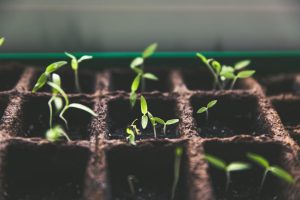
That’s why, as we wrote in our first book, Yoga Calm for Children,
One of our goals…is to plant and strengthen positive seeds and provide support and education about the negative seeds that have already been planted. If, for instance, alcoholism is present, it is not effective to push that memory away…. To do this can actually strengthen the seed’s power. Secrecy develops fear and curiosity, and may in fact draw a person toward that seed. Consider the phrase, “Don’t think of a brown bear.” Immediately, the mind goes to the image, however hard you try not to think about it.
At the same time, it is important not to overemphasize a seed by discussing it daily—which can also add power to a negative influence. Telling the story of alcoholism over and over in a family system strengthens the fear and belief that the pattern will be repeated.
The idea in Yoga Calm is to acknowledge the negative seeds, allow the feelings to emerge, then plant many positive seeds to help the individual walk a path leading toward a constructive rather than destructive lifestyle.
Working from Places of Strength
Over and again in my 30+ years of working with youth and adults, I have found this strength-based approach to be extremely effective. And since the broad emergence of such approaches back in the last decades of the 20th century, a wide variety of studies have confirmed their benefit.
Strengths have been linked to prediction of positive outcomes. In a study, providing the multi-disciplinary team with strength-based data resulted in better academic, social and overall outcomes for students with emotional and behavioral disorders as compared to traditional socio-emotive report that focused on the problems that students were facing.
This suggests the possible usefulness of strength-based assessment. Indeed, in another study on children and adolescents living in residential homes, the level of strengths significantly predicted success in the reduction of risk behaviors. Even in the community, studies have shown the importance of focusing on strengths rather than deficits. Strengths assessments were associated with good behavioral functioning and greater competencies.
A strengths approach offers a genuine basis for people taking control of their own lives in meaningful and sustainable ways. These include
- Focus on trusting and workable relationships.
- Working in collaborative ways on mutually agreed upon goals.
- Drawing upon the personal resources of motivation and hope.
- Creating sustainable change through learning and experiential growth.
- Empowering people to take a lead in their own care process.
Transforming Childhood Trauma
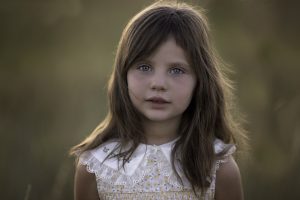
Since stress and trauma reside in, and manifest through, the body’s physiology, learning to notice, tolerate, and manage somatic experience can substantially promote emotion regulation and self-efficacy. Yoga, mindfulness and Trauma Releasing Exercises (learn more about TRE) do just that — promoting somatic regulation and interoceptive awareness.
For as trauma expert Bessel van der Kolk has noted, trauma is not a cognitive state. It’s a physical experience. And just as a body was once “reset” to respond to the world as a dangerous place – traumatized – so it can be reset again through somatic therapies.
Resilience can be learned. And strength is where we begin.
You can learn new tools for a strength‐based approach in classroom and therapeutic settings with our newest course, “Transforming Childhood Trauma: Healing Heart, Mind and Body.” Join Yoga Calm co-founder Lynea Gillen and Yoga Calm national training manager Kathy Flaminio for a two-day workshop in St. Paul, March 18 – 19 or in Portland, April 29 – 30, 2017.
In this two-day course, you will learn a strength‐based approach for working with childhood trauma that engages the whole child, including their physical, mental, and emotional resources to promote healing, develop resilience and support growth.
You’ll learn to integrate evidence-based tools such as yoga, mindfulness, Trauma Releasing Exercises (TRE), and social-emotional learning activities into your work with youth (ages 3‐18) to safely release stress, regulate the nervous system, express and integrate feelings, and attend to the present moment.
Putting theory into practice, you will also learn how to build resilience “toolkits” and lesson/treatment plans from identified family and cultural strengths, community support, and self‐care practices.
Register now!
To get word on other courses and resources like this, subscribe to our free weekly newsletter – or connect with us on Facebook or Twitter!

